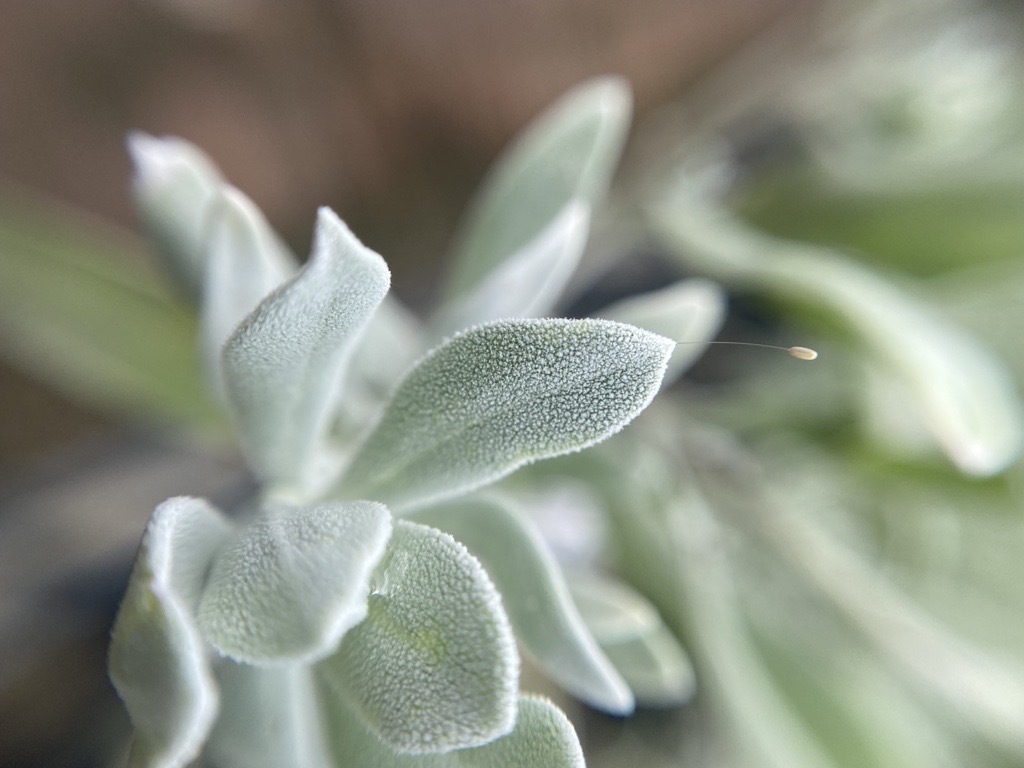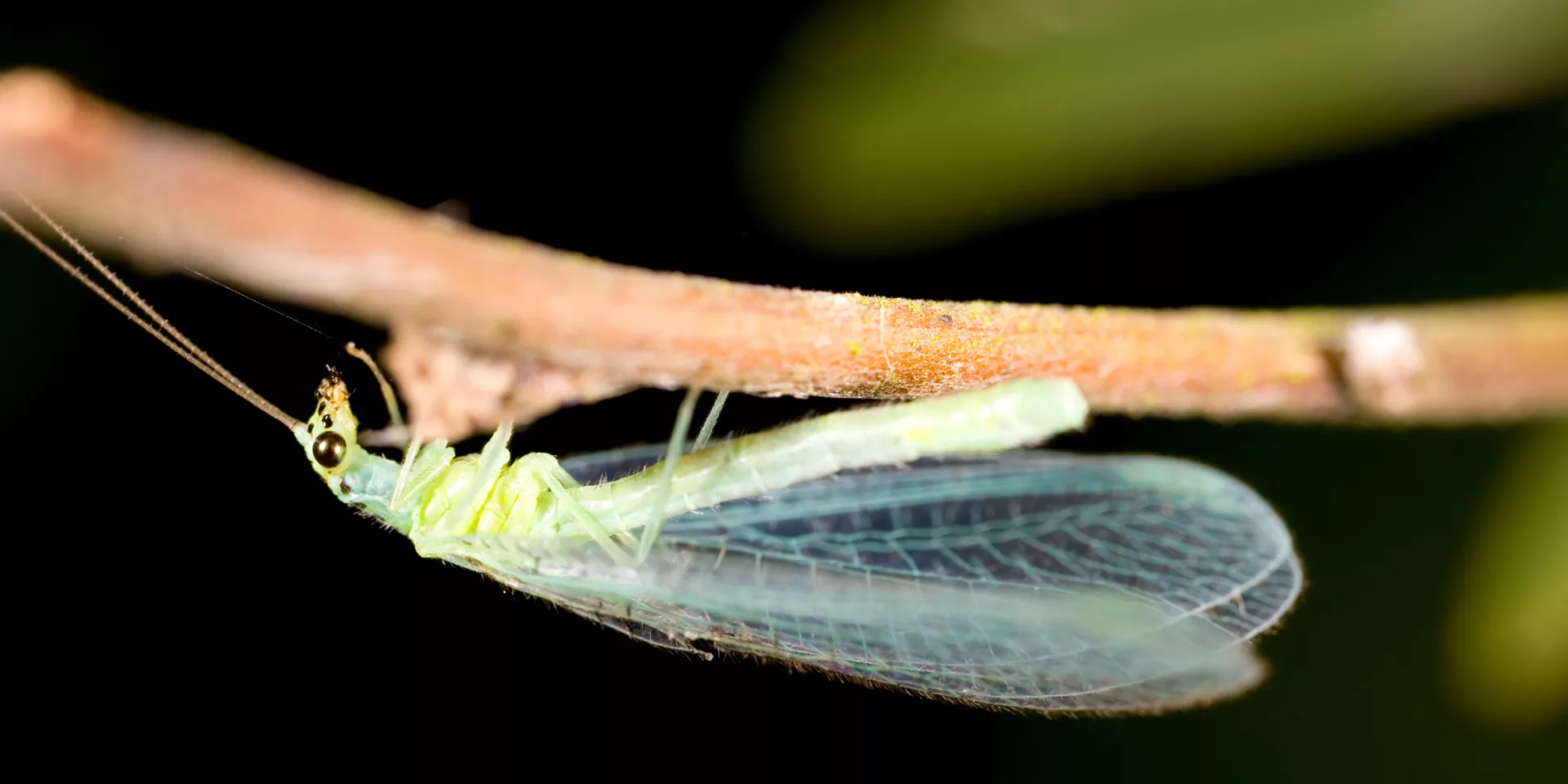Bugs tend to get a bad wrap but we shouldn’t jump to conclusions about their presence and intentions within our community nursery and our urban gardens.
In the Trillion Trees Community Nursery, we grow more than 200,000 native Australian plants and trees each season. Most of them occur within ecosystems found across the Southwest Botanical Region, including the natural ecosystem in which our nursery operates.
Ecosystems consist of living things each interconnected with the other in beneficial ways. Many of these beneficial connections we are only beginning to understand. Our local plant species have evolved beneficial relationships with insects over millions of years. Ecology has taught us to look much closer at what happens within ecosystems. Just like our Trillion Trees community, our insect community is busy working away mostly unnoticed!
While managing pests is a critical part of what we do, in most cases the need for chemical insecticides is low especially if a healthy community of predatory insects exists to keep the numbers of “bad guys” in check.
For this reason, a growing number of plant growers and fruit and veg producers are implementing integrated pest management programs as a more natural and environmentally friendly way of controlling common pests.
Integrated pest management (IPM) at its core, is a monitoring program that considers pest lifecycles and how they interact with their environment.
Steps taken in a IPM plan can include, in the following order:
- Close monitoring for early signs of pests.
- Physically removing pests by hand or traps.
- Releasing beneficial bugs like Lady beetles that control aphids or predatory mites like Phytoseiulus persimilis which hunt two-spotted mites and spider mites that may cause damage to young seedlings. Other beneficial bugs that should be encouraged include lacewings, and parasitic wasps.

IPM also lessens the need for chemicals, reducing the chance of pests developing chemical resistance and most importantly allowing the creation of a healthy micro ecosystems within our beautiful community nursery.
As we move forward, our warming climate will create longer windows for pests to rapidly reproduce. Investing in an IPM program now will assist us to ensure we can successfully grow more native plants in our nursery, and support our community to plant more trees well into the future.
Happy bug hunting everyone!
Written by Kat Doherty
Trillion Trees Assistant Nursery Manager

